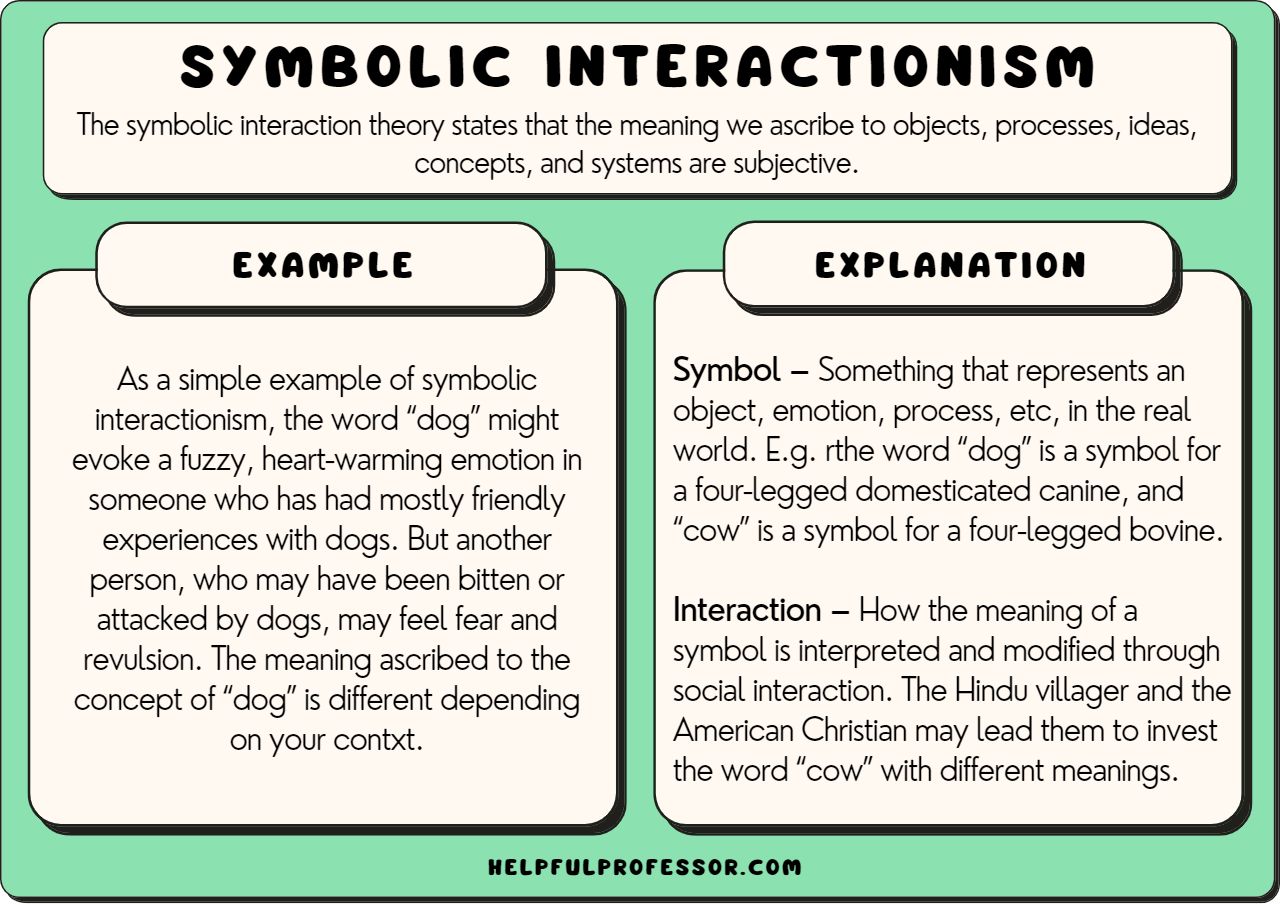
Are you tired of committing logo design faux pas that have you accidentally offending entire cultures? Well, fear not my culturally clueless comrades, for I am here to guide you through the treacherous waters of navigating cultural sensitivity in logo design. Grab your compass and pack your sense of humor, because we’re about to embark on a journey filled with mishaps, misunderstandings, and hopefully a little bit of enlightenment. Let’s save your brand from becoming the laughingstock of the global marketplace, one culturally appropriate logo at a time.
Key Cultural Considerations for Logo Design
When designing a logo, it’s important to consider the cultural nuances to avoid any unintentional mishaps. Here are some key cultural considerations to keep in mind:
Avoid using certain colors that may have negative connotations in different cultures. For example, in Western cultures, white is often associated with purity and weddings, but in Asian cultures, it’s the color of mourning. Better steer clear of using white in a logo for a funeral home in Asia! Colors like red, which symbolizes luck and prosperity in China, could work well for a business targeting a Chinese audience.
Another important aspect to consider is the use of symbols. Make sure the symbols used in the logo don’t have any religious or cultural meanings that may offend certain groups. For instance, using a red cross may be perfectly fine for a healthcare company in Western countries, but could be problematic in countries where the red cross symbol is associated with the Red Cross humanitarian organization.
When it comes to typography, be mindful of the font styles you choose. Certain fonts may look unprofessional or inappropriate in different cultural contexts. For example, using a playful and whimsical font for a logo of a law firm could send the wrong message. Bold and professional fonts are generally safe choices, unless you’re aiming for a more casual and fun vibe.

Understanding Symbolism Across Cultures
Symbolism is like playing a never-ending game of charades, except instead of acting out ”banana,” you’re deciphering the hidden meanings behind cultural icons and motifs. It’s the ultimate international language, where a red rose might mean love in one country and danger in another. So buckle up, because we’re about to take a wild ride through the colorful world of symbolism across different cultures.
First up, let’s talk about the color white. In Western cultures, white is often associated with purity and innocence, think brides in their pristine gowns. But in many Eastern countries, white is the color of mourning and death. So if you’re visiting Japan and decide to wear head-to-toe white, don’t be surprised if people start offering you condolences instead of compliments.
Next on the symbolism rollercoaster is the oh-so-mysterious number four. In Western cultures, the number four is just another digit, nothing to write home about. But in many Asian countries, the number four is considered extremely unlucky because it sounds like the word for death. So if you’re staying in a hotel in China and notice they skipped the fourth floor, don’t worry, it’s not haunted, they’re just avoiding bad luck.

diversity-in-logo-design”>Incorporating Diversity in Logo Design
When it comes to , the possibilities are endless. Gone are the days of generic logos that cater to only one demographic. It’s time to embrace the beauty of different cultures, backgrounds, and perspectives in your brand’s visual identity.
One way to infuse diversity into your logo design is by incorporating symbols or motifs that represent various cultural elements. Think about using traditional patterns, colors, or icons that reflect the diversity you want to showcase. Whether it’s incorporating a geometric pattern inspired by African textiles or a floral design influenced by Japanese art, the key is to celebrate the richness of different cultures.
Embracing diversity in logo design also means representing a wide range of people in your visual messaging. Consider using illustrations or graphics that showcase people of different races, genders, ages, and abilities. By showcasing a diverse range of individuals in your logo, you send a powerful message of inclusivity and representation.
Remember, diversity is not just about checking boxes—it’s about celebrating and honoring the uniqueness of each individual and culture. So, get creative, think outside the box, and let your logo design be a reflection of the beautiful tapestry of diversity that makes up our world.

Avoiding Cultural Appropriation in Logo Design
When designing a logo, it’s important to be mindful of avoiding cultural appropriation. Here are some tips to help you navigate this tricky territory:
First and foremost, do your research! Don’t just slap on a cultural symbol or icon without understanding its significance. Take the time to learn about the history and meaning behind the symbol you plan to use.
Another way to avoid cultural appropriation in logo design is to steer clear of stereotypes. Instead of relying on clichés and generalizations, try to create a unique and respectful representation of the culture you’re drawing inspiration from.
Finally, when in doubt, consult with someone from the culture you’re referencing. They can provide valuable insight and help ensure that your design is respectful and culturally sensitive.

Strategies for Researching Cultural Sensitivity
When conducting research on cultural sensitivity, there are a few key strategies to keep in mind to ensure your work is both respectful and accurate. Here are some tips to help guide you along the way:
- Immerse yourself in the culture: The best way to understand a culture is to immerse yourself in it. Try attending cultural events, participating in traditional practices, or even learning the language. Just don’t try to blend in too much – you might end up accidentally joining a family reunion!
- Ask the experts: When researching a specific culture, don’t be afraid to reach out to people who are knowledgeable about it. Whether it’s a cultural anthropologist, a local historian, or your neighbor who grew up in that country, asking questions and seeking advice can help you gain a deeper understanding.
- Avoid cultural appropriation: It’s important to remember that cultural sensitivity means respecting and honoring a culture, not exploiting it for personal gain. Be mindful of how you portray and interpret cultural practices in your research, and always give credit where credit is due.
By following these , you’ll be better equipped to approach your work with respect, empathy, and accuracy. Remember, the most important thing is to treat every culture with the same care and consideration you would want for your own – even if that means passing on the opportunity to wear a sombrero for your research presentation!
Balancing Tradition and Innovation in Logo Design
When it comes to logo design, finding the perfect balance between tradition and innovation can be quite the challenge. You want your logo to reflect your brand’s history and values, but you also want it to stand out in a sea of competitors. So, how do you navigate this delicate dance?
One approach is to take a classic symbol or icon and give it a modern twist. Think of it as giving grandpa a hipster makeover. By incorporating trendy colors, sleek fonts, or unique patterns, you can breathe new life into a traditional element while still paying homage to its roots.
Another strategy is to mix old and new elements together harmoniously. Imagine pairing a vintage emblem with a minimalist wordmark or combining retro illustrations with a cutting-edge geometric design. The key is to blend these contrasting styles seamlessly to create a logo that feels both familiar and fresh.
Ultimately, the key to striking the right balance between tradition and innovation in logo design is to think outside the box while staying true to your brand’s identity. Don’t be afraid to take risks, experiment with different concepts, and push the boundaries of creativity. After all, who said tradition can’t be cool?
Case Studies in Successful Cross-Cultural Logo Design
In this post, we will delve into some fascinating case studies of successful cross-cultural logo design that have truly hit the mark in bridging different cultural norms and aesthetics.
First up, let’s take a look at the logo of McDonald’s. This iconic fast-food chain has managed to create a globally recognizable logo that appeals to customers from all walks of life. By incorporating the golden arches, which symbolize a welcoming gateway in many cultures, McDonald’s has successfully created a logo that transcends cultural boundaries.
Next, we have the logo of Nike. Known for its simple yet powerful design, the Nike swoosh is a perfect example of cross-cultural logo design done right. The swoosh symbolizes movement, speed, and victory – concepts that resonate with people across different cultures and languages.
Lastly, let’s talk about Starbucks. The mermaid logo of this coffee giant is another great example of successful cross-cultural design. By incorporating a mythical figure that represents the sea, Starbucks has managed to create a logo that is both visually striking and culturally resonant in different parts of the world.
FAQs
What are some common cultural symbols to avoid in logo design?
Steer clear of symbols or imagery that may be considered offensive or inappropriate in certain cultures, such as religious symbols, national flags, or stereotypical representations.
How can I ensure my logo design is culturally sensitive?
Research, research, research! Make sure to study the cultural norms and values of your target audience to avoid any unintentional cultural insensitivity in your design.
Should I use different color palettes for different cultures in my logo design?
Absolutely! Color meanings can vary greatly across different cultures, so it’s important to choose hues that resonate positively with your target audience.
Can language play a role in cultural sensitivity in logo design?
Definitely! Avoid using text that may be deemed offensive or inappropriate in certain cultures, and consider hiring a translator to ensure any words or phrases used are culturally appropriate.
How can I respectfully incorporate cultural elements into my logo design?
When incorporating cultural elements, be sure to do so in a tasteful and respectful manner. Avoid appropriation and seek input from individuals from that specific culture to ensure authenticity.
Ready to sail through the choppy waters of cultural sensitivity?
Ahoy, logo designers! Now that you’ve mastered the art of navigating cultural sensitivity in logo design, you’re ready to set sail on the high seas of creativity. Remember, the world is your oyster (or should we say, clam?). So go forth and design logos that not only look good, but also respect and honor the diverse cultures of our diverse world. Bon voyage, mateys!










